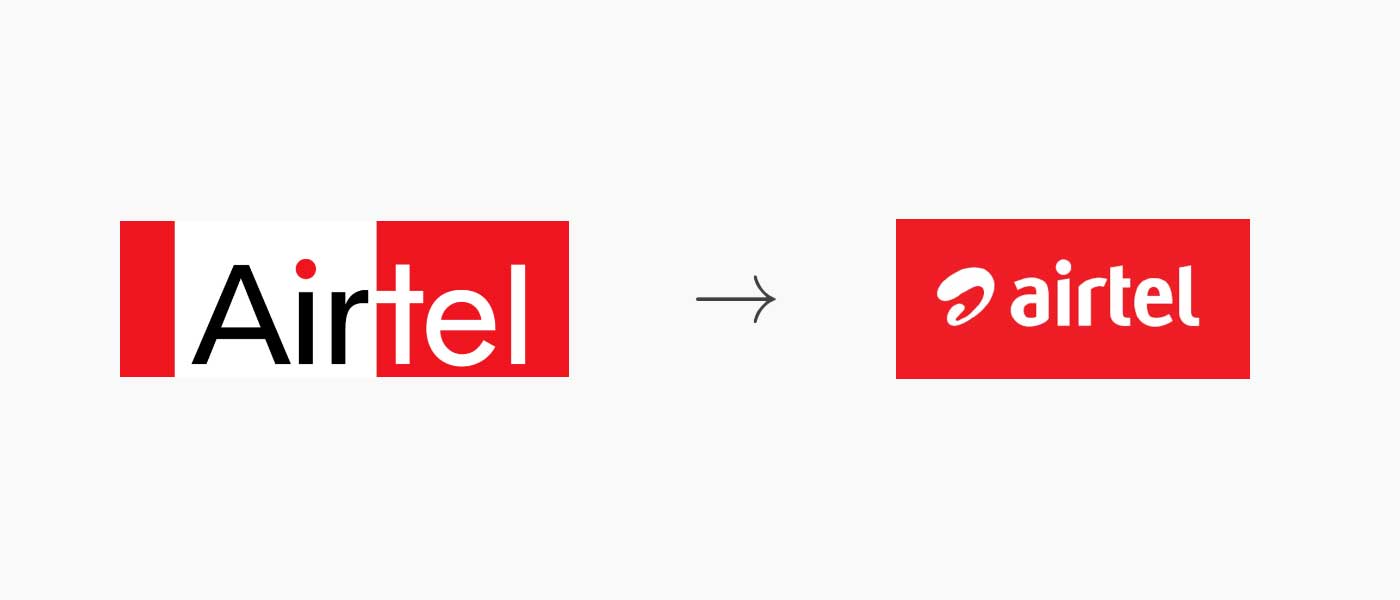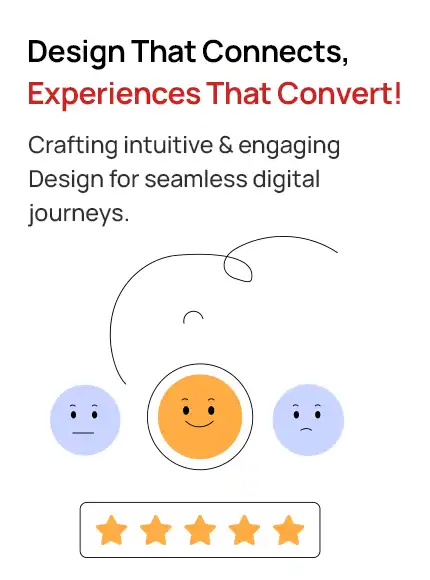
Expert Strategies for Choosing the Right White Label Design Services
June 19, 2024
Top 7 Benefits of Hiring a Professional Logo Design Services
June 28, 2024
Expert Strategies for Choosing the Right White Label Design Services
June 19, 2024
Top 7 Benefits of Hiring a Professional Logo Design Services
June 28, 2024What is Rebranding? Success Stories of
Two Major Indian Companies that Nailed It
June 19, 2024
- 11 min to Read
Introduction: What is Rebranding?
Rebranding refers to the transformation of an organization’s corporate image. It is a marketing strategy that involves giving a new name, symbol, or design change to an already-established brand. The core idea behind rebranding is to create a distinct identity for the brand, setting it apart from competitors in the market. By redefining its public image, a company aims to better align with its evolving goals and audience preferences.
Don't let your brand become the sidekick nobody remembers!
In today's crowded marketplace, a bland or outdated brand image is like wearing yesterday's costume to a superhero convention. You might have the potential to be the next industry titan, but if your presentation doesn't inspire awe, you'll be lost in the crowd.
Rebranding is your brand's chance to step out of the shadows and become the hero your customers need. It's your opportunity to craft a powerful brand visual identity, develop a compelling mission statement, and unleash a marketing campaign that showcases your strengths and innovations.
With the right rebranding strategy, you can transform your brand from an also-ran to a force to be reckoned with.
Is Your Brand Invisible? Rebranding Can Make You Shine.
Rebranding goes beyond a simple visual refresh. It's a strategic decision to revamp a company's or product's entire image, encompassing everything from its logo and messaging to its overall market positioning. Here's a breakdown of what rebranding entails:
Core Elements:
1. Visual Identity: This includes revamping the logo, color palette, typography, and overall design aesthetic.
2. Messaging: Rebranding often involves brand strategy for crafting a new tagline, refining brand values, and refreshing marketing copy to better communicate the brand's story and offerings.
3. Market Positioning: Sometimes, rebranding involves shifting the brand's target audience or its competitive positioning within the market.
Blinkit
The Indian e-commerce landscape has witnessed a dramatic transformation in recent years. While established players like Flipkart and Amazon dominated the standard delivery space, a new trend emerged – quick commerce.
In December 2021, Grofers, a leading online grocery delivery platform in India, underwent a significant rebranding effort and emerged as Blinkit.

Reasons for Rebranding:
1. Shifting Market Landscape: The Indian e-commerce landscape was witnessing a surge in "quick commerce" – delivery of groceries and essentials within minutes. Grofers, with a focus on standard deliveries within hours, needed to adapt to this evolving trend.
2. Brand Image Repositioning: Grofers' brand image was associated with standard grocery delivery. The new name, Blinkit, emphasised speed and efficiency, aligning perfectly with the quick commerce model.
3. Enhanced Customer Appeal: The quick commerce market targeted a new segment of customers seeking instant gratification. Blinkit's name resonated with this segment, promising a faster and more convenient shopping experience.
Rebranding Strategies:
1. Name Change: The core strategy involved replacing "Grofers" with the snappier and action-oriented "Blinkit." This new name conveyed the brand's commitment to lightning-fast deliveries.
2. Marketing Revamp: Blinkit launched new marketing campaigns highlighting their quick delivery promise. They emphasised delivering groceries and essentials "in minutes" as opposed to hours.
3. Improved App Design: The Blinkit app underwent a design refresh to prioritize a user-friendly experience, incorporating advanced UI UX design principles for quick ordering and seamless delivery tracking
Outcomes:
1. Positive Brand Perception: The rebranding successfully positioned Blinkit as a leader in the burgeoning quick commerce space. The new name garnered significant attention and resonated with the target audience.
2. Increased User Base: Blinkit witnessed a significant rise in user base after the rebranding. Customers seeking faster deliveries were drawn to Blinkit's service proposition.
3. Competition in the Market: The quick commerce sector became fiercely competitive with other players like Dunzo and Zepto adopting similar strategies.
Airtel
In 2010, Bharti Airtel, India's second-largest telecom provider, faced the challenge of maintaining its position in the rapidly evolving telecommunication sector. The Indian market witnessed a surge in competition, with new players offering innovative services and aggressive pricing strategies. Recognizing the need for a refresh, Airtel embarked on a significant rebranding initiative.

Reasons for Rebranding:
1. Evolving Market Landscape: The Indian telecom sector was undergoing a significant transformation. New players were entering the market with disruptive technologies like 3G and data services. Airtel needed to project a more innovative image to stay competitive.
2. Shifting Customer Preferences: Consumer expectations were changing. They were no longer satisfied with just voice calls; they demanded seamless data connectivity and access to a wider range of mobile services.
3. Dated Brand Image: Airtel's existing brand image, associated with Bharti Airtel, was perceived as somewhat traditional and bureaucratic. This positioning didn't resonate with the evolving needs of a tech-savvy consumer base.
Rebranding Strategies:
1. Logo Redesign: Airtel unveiled a dynamic new logo. The old logo, featuring a globe and a hand reaching out, was replaced with a simpler and more modern design incorporating the letter "A." This change aimed to convey a sense of progress and innovation.
2. Tagline Revamp: The existing tagline, "Power to keep in touch," was replaced with "Live Every Moment." This new tagline emphasized emotional connection and a focus on enriching users' lives through seamless connectivity.
3. Marketing Campaign Revamp:Airtel launched new marketing campaigns showcasing their commitment to innovation and advancement in the telecom sector. The campaigns highlighted their investments in 3G technology and data services as their brand strategy, targeting the growing demand for mobile internet connectivity.
Outcomes:
1. Enhanced Brand Image: The rebranding successfully positioned Airtel as a modern and innovative telecom provider. The new logo and tagline resonated with the target audience, creating a more youthful and dynamic brand image.
2. Increased Market Share: Airtel witnessed a significant increase in their market share after the rebranding effort. Consumers seeking advanced mobile services were drawn to the brand's commitment to innovation.
3. Improved Customer Satisfaction: Focus on customer service and affordable data plans resulted in improved customer satisfaction. Airtel established itself as a reliable and user-friendly telecom provider.
Conclusion
The journeys of Blinkit and Airtel illustrate the transformative power of rebranding. By recognizing the need for change, crafting an optimal brand identity and executing it effectively, these companies were able to reposition themselves for success in a dynamic marketplace.
While these are success stories, it's important to remember that rebranding can be a challenging process. Careful planning, audience research, and consistent brand communication are all crucial for achieving long-term success. For gaining more insights on basics of branding, read our blog on Know the Significance of Branding - the Ultimate Guide to Success.
Let's Brew Something Great Together!

